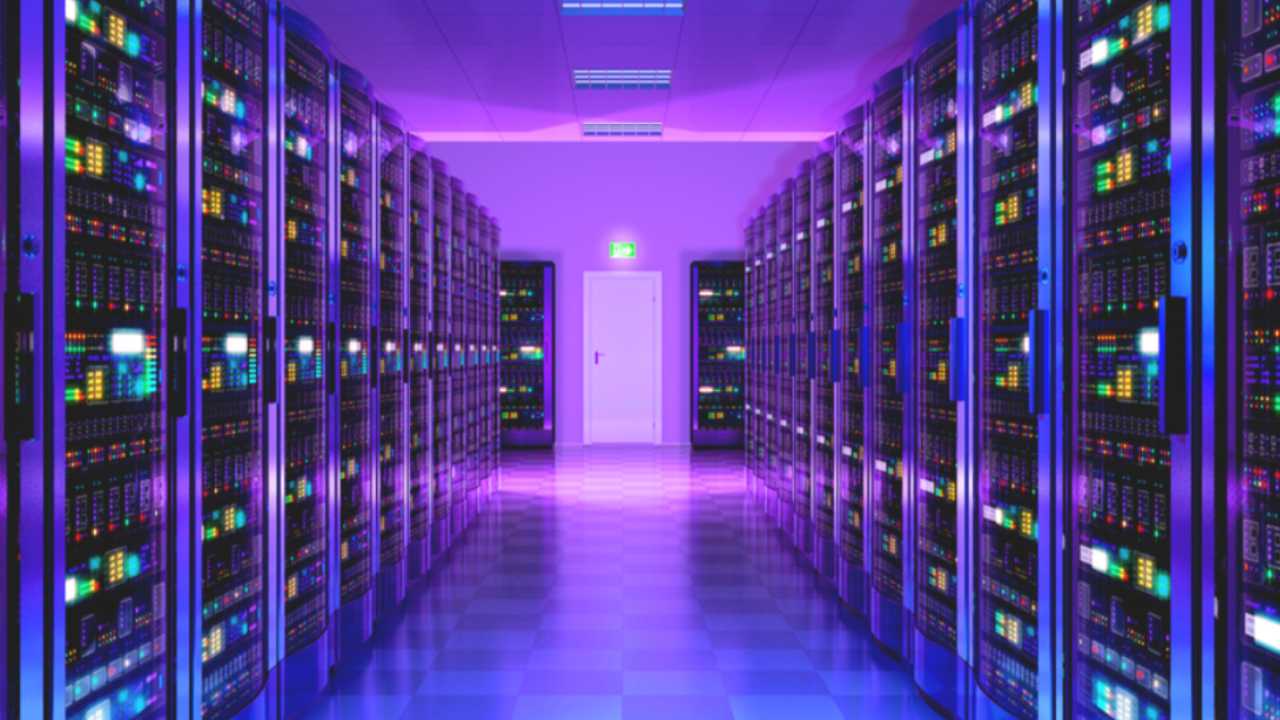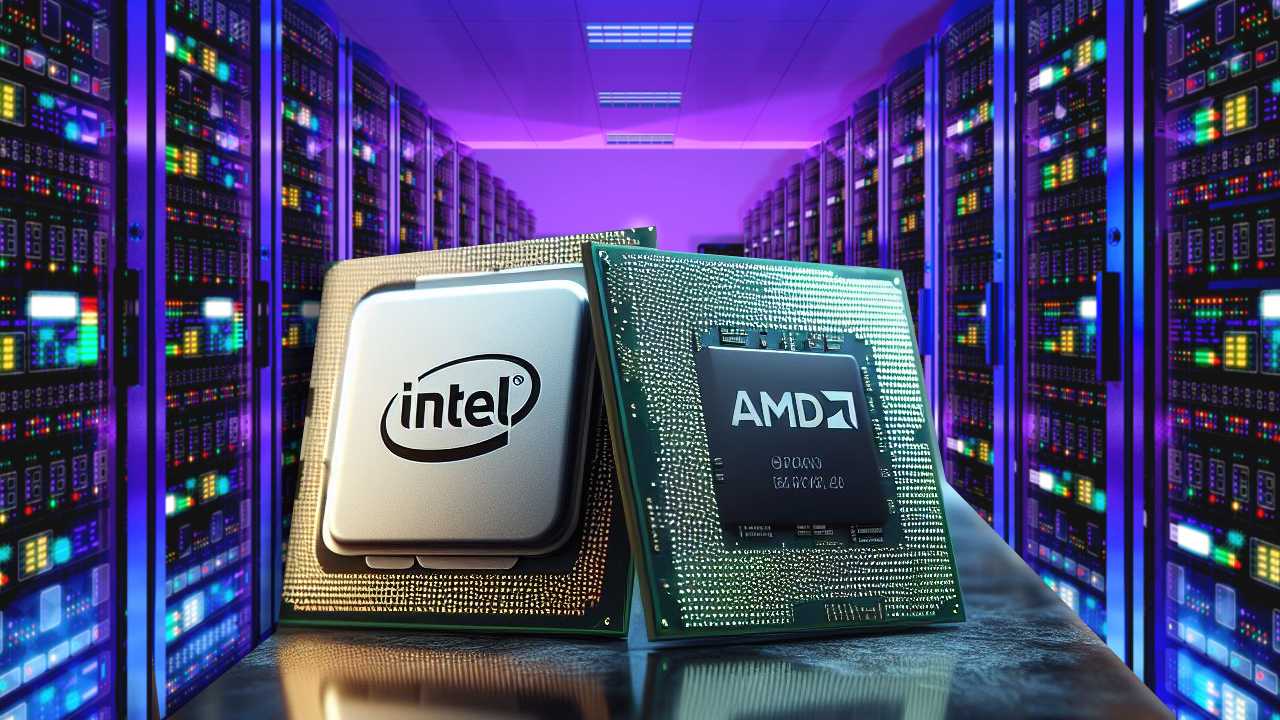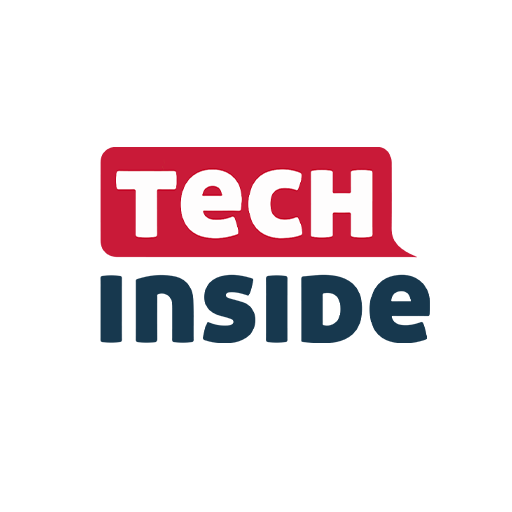The US processor giant Intel suffered a major loss of power after the development of artificial intelligence. The company, which could not get the desired result in the competition with AMD, fell even further with the rise of ARM-based processors. Intel also lost the server processor market, where it was the strongest in the market, to AMD. However, the new Intel Xeon processors are trying to get ahead of their competitors thanks to artificial intelligence.
Intel is applying AMD tactics for server processors Xeon 6 after the loss of blood
For years, AMD has come out with more affordable, low-power and above-average performance processors in the Intel competition. AMD, which has recently produced more ambitious processors that challenged its competitor, managed to stay below Intel’s price despite this.

Intel, on the other hand, started to experience difficult days with the artificial intelligence revolution, chronic problems in the latest generation processors, and the rise of ARM processors. Again, the fact that AMD server processors offer more cores has caused AMD to be preferred in server processors.
Intel made an ambitious debut with its new Granite Rapids Xeon 6 server processors to solve this problem. AMD Turin has 196 Zen 5 performance cores. The number of performance cores in Intel Zeon 6 series processors is 128. Intel claims in its presentation that these processors provide higher performance with fewer cores.
Accordingly, Intel is marketing like AMD did in the past. Accordingly, Xeon 6 series server processors have lower energy consumption and higher performance. In fact, Intel’s claim of low energy consumption is correct. Fewer performance cores allow the processor to consume less energy. This is an important item for server operators who want to achieve both performance and low energy costs.
However, it is currently unclear whether the AI-supported Intel Xeon 6, 6500 and 6700 processors really surpass AMD Turin processors in terms of performance. If Intel is right in its claim, Xeon processors may dominate the market for servers again.
One of the most important markets for Intel is server processors. The company, which has not lost the flag to anyone in this regard for many years, suffered a big market loss after AMD Turin processors. Again, the use of Nvidia H100s in servers built for artificial intelligence caused Intel to suffer a big loss.
Intel seems to have played its last card to regain this front that caused blood loss. So, do you think Intel can regain its strength with this move? Or will the company, which has a big debt, be shared among new generation processor manufacturers such as TSMC and Broadcom? We are waiting for your comments and opinions.














